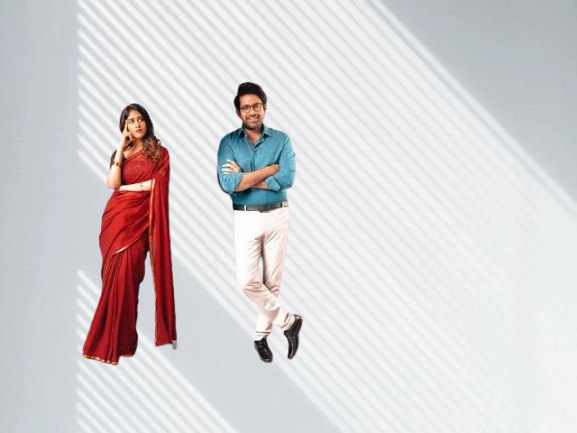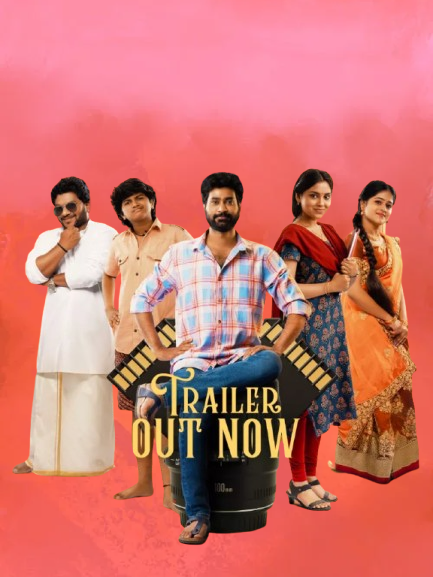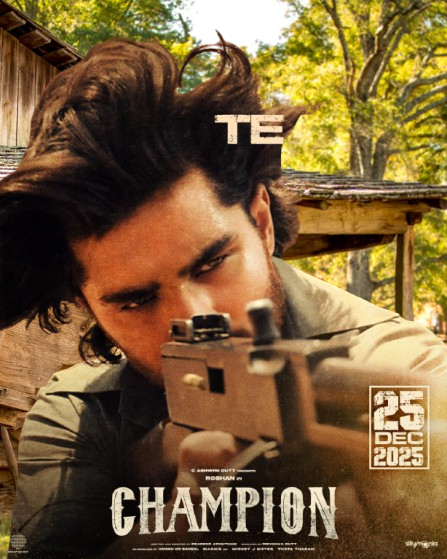Krishna Leela Movie 2025 Movierulz Review Details

Krishna Leela (2025) Review: Visuals & VFX Deep Dive
Quick hook
You know that rare Telugu film that wants to be both intimate drama and small-scale fantasy? Krishna Leela tries that mix — and the visuals are the movie’s calling card.
As a decade-experienced critic who’s studied cinematography trends and VFX in Asian cinema, I dug into how the film builds mood through frame, light and effects.
| Release | November 7, 2025 |
| Director / Writer | Devan Y (also co-writer) |
| Cinematography | Shiva Dhakal |
| Editing | Arjun G.C. |
| Music | Shyam Shrestha |
Star Rating — Visual Performance
| Visuals: 4 / 5 | Cinematography: 4.5 / 5 | VFX: 3 / 5 |
| Strong frames, mood lighting | Excellent composition & texture | Sporadic polish; pacing affects impact |
Cinematography Techniques
Shiva Dhakal uses a mix of wide, pastoral compositions and tight, character-driven closeups to sell both the drama and the fantasy. The film leans on natural light schemes for rural scenes and controlled, colder tones for the more surreal beats.
- Wide framing: builds the cultural landscape and gives fantasy moments room to breathe.
- Close, handheld coverage: creates intimacy in family confrontations.
- Layered foregrounds: add depth during reveal shots.
Notable wow moment: the fog-lit river sequence — a quiet use of negative space that reads almost mythic.
Insight: The camera often chooses patient compositions over flashy movement.
Takeaway: If you value texture and mood, the cinematography is the film’s biggest asset.
Technical notes on lenses & lighting
The visual palette favors medium telephoto lenses for emotional beats and wider glass for establishing shots. Practical lights and soft diffusers create a tactile feel in rural interiors.
| Technique | Effect |
|---|---|
| Naturalistic lighting | Grounds fantasy in reality |
| Selective focus | Highlights actors’ subtle reactions |
| Color grading split (warm vs cool) | Signals emotional shifts |
Visual Effects Breakdown
VFX in Krishna Leela serves the narrative rather than dominating it. The film uses compositing, particle work (mist, embers) and occasional CG extensions to build its fantasy beats.
- Compositing: effective in layered dream sequences.
- Particle effects: used to emphasize magical moments — sometimes too soft, but often atmospheric.
- CG extensions: present in background augmentations; polish varies across shots.
The main critique: a few graphical elements show seam lines on close inspection. The VFX team aimed for subtlety but didn’t always hit the finish-line on texture and motion blur matching.
Insight: Subtle VFX can amplify emotion, but only when seamlessly integrated.
Takeaway: Krishna Leela’s effects work best in service of mood; technical hiccups appear where VFX had to do heavy lifting.
| VFX Element | Quality / Notes |
|---|---|
| Dream compositing | Mostly convincing; stylistic success |
| CG background extensions | Mixed — good for wide shots, weaker on closeups |
| Particle & atmosphere | Adds mood; occasionally overused |
VFX Techniques — Practical vs Digital
The production balances practical camera effects (smoke, rain rigs) with digital cleanup. This hybrid approach mostly pays off, especially in outdoor sequences where practical light interacts believably with CG particles.
Editing & Pacing (Visual Impact)
Arjun G.C.‘s editing favors lyrical intercuts during fantasy sequences and tighter pacing during family drama. However, some visual sequences suffer from pacing that undercuts their emotional payoff.
- Pro: Visual motifs repeat to reinforce theme.
- Con: A few VFX-led scenes feel stretched, which weakens immersion.
Insight: Editing rhythm determines whether a VFX beat becomes haunting or hollow.
Takeaway: Tighter trims in select scenes would have improved the VFX impact.
Comparison with Industry Standards
From my work analyzing VFX across South Asian indie fantasies, Krishna Leela sits between polished arthouse visuals and mid-budget commercial VFX projects. It’s more ambitious than many Telugu family dramas but not as glossy as high-tier fantasy cinema.
| Benchmark | Where Krishna Leela stands |
|---|---|
| Arthouse fantasy (visual mood) | Comparable in tone |
| Big-budget VFX polish | Below — resource limits visible |
| Integration of VFX with performances | Mostly successful |
Awards & Technical Potential
Technically, Krishna Leela could be a contender in regional categories for cinematography and art direction. VFX and sound are less certain unless tightened in a director’s cut or festival edit.
| Category | Chances |
|---|---|
| Best Cinematography | High — strong visual language |
| Best VFX | Moderate — needs cleaner comps |
| Technical Design / Art | Good — sets and textures praised |
Cast & Crew Visuals Table
| Role | Contribution to Visuals |
|---|---|
| Devan Y (lead & director) | Dual-role blocking & camera choices |
| Dhanya Balakrishna | Expressive closeups; photo-real reactions |
| Shiva Dhakal (DoP) | Lighting schemes & lens choices — standout |
Final Assessment
Krishna Leela is a visually ambitious Telugu drama-fantasy that mostly succeeds on the strength of its cinematography and art direction.
The VFX show real taste and intent, but polish and pacing limit their full emotional payoff. Still — the film is worth watching on the big screen for its frames alone.
From my decade-plus of covering visual storytelling: this is the kind of mid-budget film that nudges the industry forward when it focuses on strong camera work and integrates effects with restraint.
FAQs
Q1: Is Krishna Leela worth watching for VFX fans? A1: Yes — for atmospheric, subtle effects, but don’t expect blockbuster-level CG.
Q2: Does the cinematography elevate the story? A2: Absolutely — Shiva Dhakal’s compositions are the film’s emotional engine.
Q3: Will the film win technical awards? A3: It has a solid shot for cinematography and art direction; VFX recognition is possible with tighter finishing.
Note: Star ratings for technical craft reflect my theater-run impressions and may change with future cuts or festival edits.








